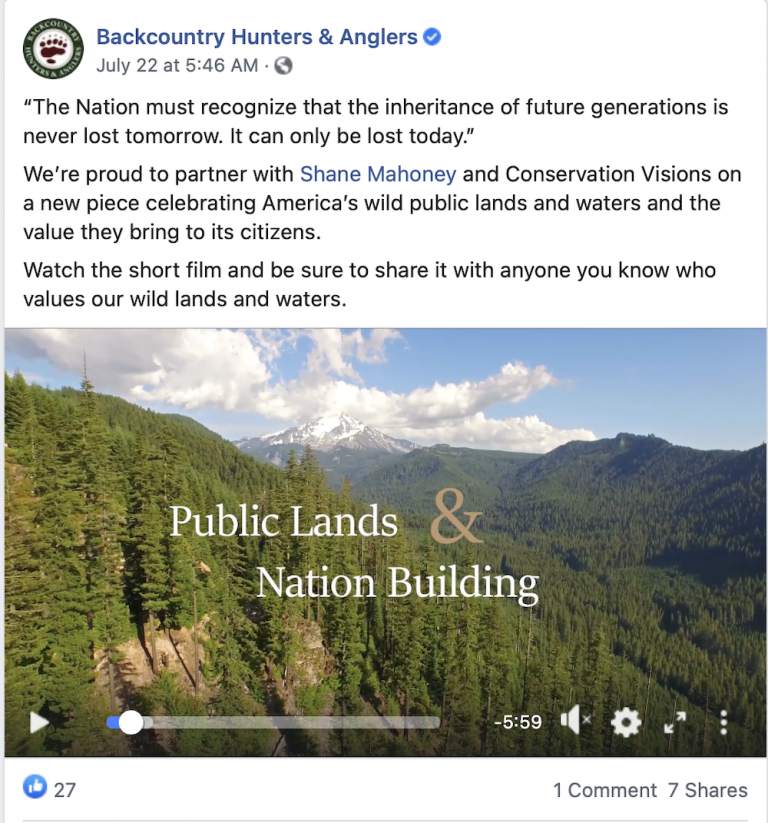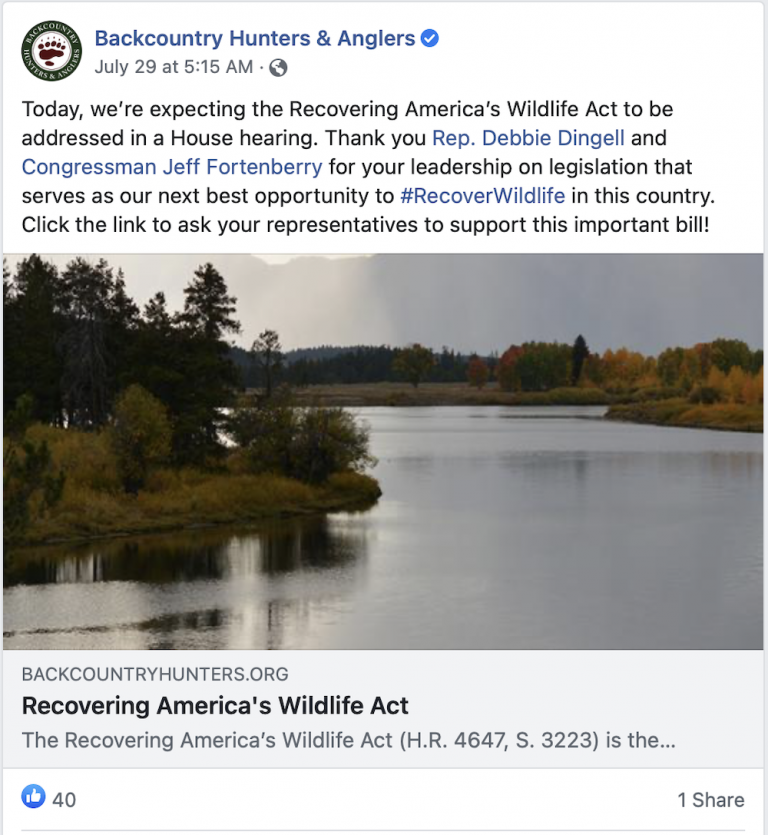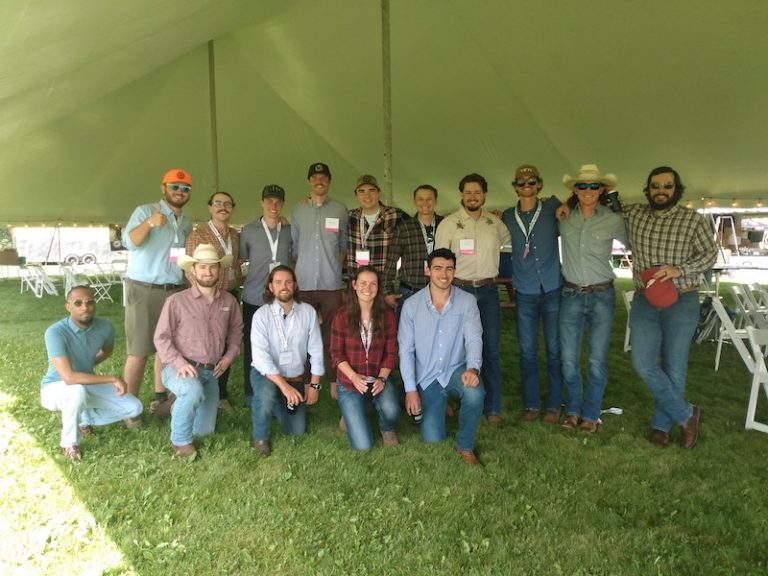BHA’s Programs
BHA is a fairly young organization with young members, and its staff understand that many new hunters didn’t grow up in hunter families. Curtiss said chapter leaders take that knowledge to heart and create opportunities that make it easy for people to get involved in conservation efforts and the outdoors. BHA’s uses three programs to help bring new hunters and anglers into the fold.
- Hunting for Sustainability
Hunting for Sustainability launched in 2016 to create and inspire new conservation-minded hunters. Focused on R3, the program encompasses most of the grassroots work BHA chapters do for and with its members. The program connects people to food through hunting, educates them on how to recreate on public lands legally, and teaches them how to reach and encourage legislators to vote in favor of policies that positively affect wildlife and wild places. BHA members made over 6,000 calls to lawmakers in June. “Everything we do to involve and educate the general public is done through the Hunting for Sustainability lens. We showcase the wild food aspect of hunting to draw in folks who are a little hesitant toward hunting,” Curtiss said.
The BHA Collegiate program started four years ago to teach students fair chase principles and their role in protecting and accessing public lands and waters. The program has three goals: to inform college students about conservation so they become active in civic engagement; to give college students the tools and knowledge to buy a license and hunt or fish safely, legally and ethically; and to connect college students with BHA chapters to grow leadership and commitment within the BHA community. BHA has college clubs at 26 campuses and counting that hold meetings and events to achieve their goals. “Folks can look at the college program as its core and see how BHA is trying to raise conservation advocates,” Curtiss said.
The Armed Forces Initiative started last summer to ensure the men and women who serve and have served participate in outdoor recreational opportunities and take active roles as public landowners. After all, they’re the ones responsible for the freedom Americans have to explore and enjoy public lands. The AFI has three pillars that encompass work with veterans, active-duty military service people, and legislators. BHA representatives teach and empower the nation’s service people, who are familiar with weapons, to hunt. They also educate current hunters about hunting laws as they move locations, conduct habitat cleanups at military bases, and fight for policies that benefit military men and women, while giving those men and women skills and confidence to use their voice on behalf of conservation.
https://youtu.be/IaHm1vP_aTg
BHA is also an active player in social media, which plays a crucial role in welcoming and connecting the younger generation to the outdoors. “We try to put the fun back into conservation, and I think the younger generation really appreciates that,” Tawney said.
Get Involved
Curtiss encourages individuals to join the organization and get involved with local chapters and events. From corporate and local sponsorships to partnering with local chapters to host events, co-brand a program or provide an opportunity for staff to get involved in local conservation efforts, ATA members can work together with BHA representatives to truly make a difference. Other ideas include hosting a conservation trivia night, holding seminars or tutorials on how to use equipment. Curtiss said don’t be afraid to share or suggest new ideas about working together to promote conservation. BHA chapters are open-minded and have the freedom to do what they want.
“A lot of our chapters are fairly autonomous,” Curtiss said. “There’s a lot of diversity across North America, so the great thing about BHA is we lend autonomy to our chapters to let them run with what they think is best in terms of projects and programming.”
To get involved, view the BHA chapter list to find something near you, or call the BHA headquarters at (406) 926-1908 to share your ideas or interest. A BHA staff member will connect you with the right person.




